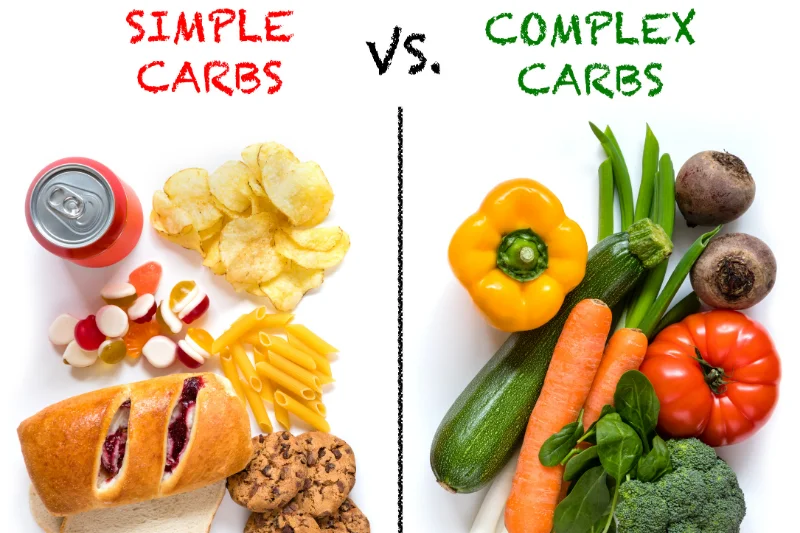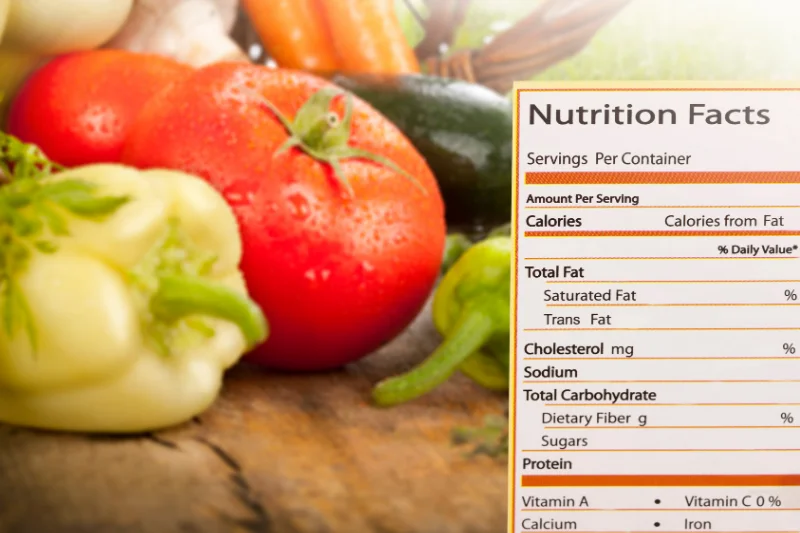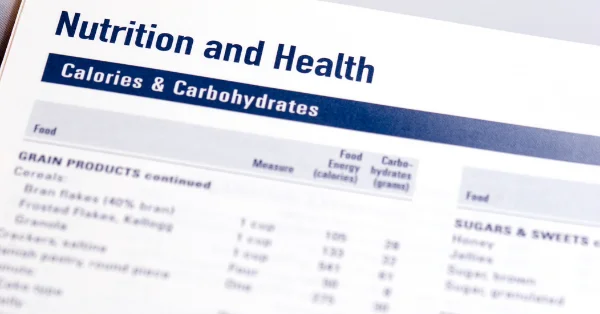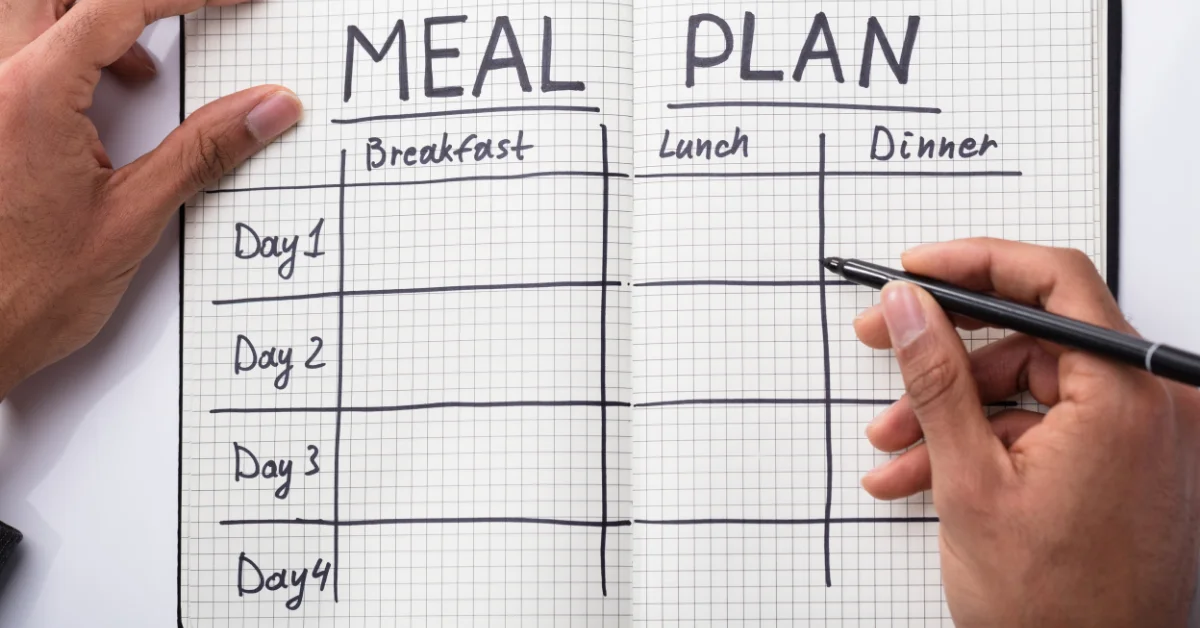Managing diabetes is centered around lifestyle choices you make everyday, including what to eat and how much to eat, especially in how to easily count carbs. It’s tough to look at a plate and figure out how many carbs you are eating and how your blood sugar will respond.
Simple Carbs vs. Complex Carbs
Let’s start with what a carbohydrate is and how they are different from other foods you eat. Carbs are one of the three macronutrients or classes of foods. The other two are protein and fat. When these three macronutrients are combined and eaten together, they help to balance one another in how the body absorbs them and turns this food into energy.
Your goal to manage blood sugar is knowing what foods will either help or detour how you can control blood sugar.
Once you know what type of carbohydrate you are eating, you will better understand how to count carbs.
Carbohydrates are mainly sugars and starches:
- Simple carbs or sugars – These are broken down quickly in your body to be used for energy and quickly raise blood sugar levels. Simple carbs are found naturally in table sugars, syrups, and fructose found in fruit. SImple carbs are also found in processed foods when these same simple sugars are added for sweetness.
- Complex Carbs (starch) – These contain fiber and are slower to digest and absorbed by the body for energy. Complex carbohydrates are whole foods found in nature. Examples are vegetables, nuts, seeds, and grains such as oats, brown rice, barley, etc.

What is Carbohydrate Counting
Now that you know the difference between simple and complex carbohydrates you can better understand how to easily count carbs.
Carb counting is to measure what you plan to eat and recognizing what the carbohydrate portion of the meal is.
For example: Packaged foods list the nutritional value of the three macronutrients mentioned above per serving size. This is the easiest way to see the total carbs a serving size contains, important to be mindful and measure the serving size.

There are many useful apps available that list foods and their carbs per serving and this is a great way to start. Getting familiar with which foods contain carbs and how you can include them into a meal will equip you going forward. Oftentimes you are eating the same foods, so in just a short amount of time you’ll memorize their carb count and how to factor this into your meal planning.
How Carb Counting Works
Ideally you want to choose real whole foods. Packaged foods with a label can contain hidden ingredients like sugar and make predicting your blood sugar response more difficult.
Begin by filling your plate with non starchy vegetables and then add lean protein and healthy fats to balance out your plate. Vegetables contain minimal or even zero carbs and when they are the main portion of your meal, it naturally makes counting carbs easier.
Eating a diet rich in vegetables will help you feel nourished and satisfied. If you decide to include carbs to a meal, it will be easier to measure and your blood sugar will be happier after eating.
For example a small potato: (palm size is a perfect measuring tool)
Calories – 87
Fat – 1.5 grams
Carbs – 20 grams
Sugar – 1 gram
Fiber – 2 grams
Protein – 2 grams
When you subtract the 2 grams of fiber from the total 20 grams of carbs, your net carb equals 18 grams. This is the carb count and the net effect to your blood sugar level.
What is Carb Counting For Diabetics
At mealtime or even beforehand, it’s helpful to assess what your current blood sugar is and if you have insulin on board that could help cover the carbs you’re about to eat.
Collecting this data is very important to properly gauge what you need to eat while thinking ahead at how much energy your body will need from the food. If you plan to exercise or there will be more time until your next meal, you may need more carbs to sustain you or even require less insulin to cover the carb count you ate.
A ratio of 15:1 is common, but depending how physically active and insulin sensitive you are this ratio could be higher or even lower if you exercise consistently.
Your doctor or dietician provides you with the carb count to insulin ratio. Or how many units of insulin needed to cover total grams of carbs eaten. With practice and by noting how certain carbohydrates typically affect your blood sugar, you can make smarter choices on what and how much to eat.
How To Count Carbs
You won’t always have access to measuring tools to estimate how many carbs you are eating, so you’ll have to learn how to estimate. Experiment when you eat, remembering the serving size of the starchy or non-starchy carbs and how this affected your blood sugar level afterwards. Practicing and even journaling this can help you better understand how certain meals containing carbs affect you.
Don’t guess on how much you’re eating, for example if you are enjoying chips and salsa, be sure to pour a serving size into a bowl rather than eating straight from a bag. These carbs can quickly add up and you can easily eat more than you intended to.
Begin the process of counting carbs and know there is a learning curve, be patient, and remember why carb counting is so important in managing blood sugar and optimizing your health. Soon you will get the hang of it and settle in with what you know will work to satisfy you while reaching blood sugar control.

Melissa Slemp
I’m a wife, mom, type 1 diabetic, and certified health coach specializing in blood sugar control. I have learned how to use effective habits navigating my own diabetes health journey.
In my programs you will learn the best foods to manage blood sugar without feeling
deprived and to lose weight and feel your best.









